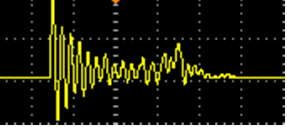Having started another thread about my spark plug dilemma, I'm curious about the 5000 ohm cut off point . Auto plugs recommend 5000 ohm resistance to reduce radio interference ,yet Tempest wants us to trash a aviation plug with the same resistance .
With a magneto sending 20,000 volts (?) to a spark plug how much resistance is too much ?
With a magneto sending 20,000 volts (?) to a spark plug how much resistance is too much ?





